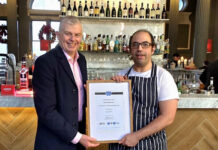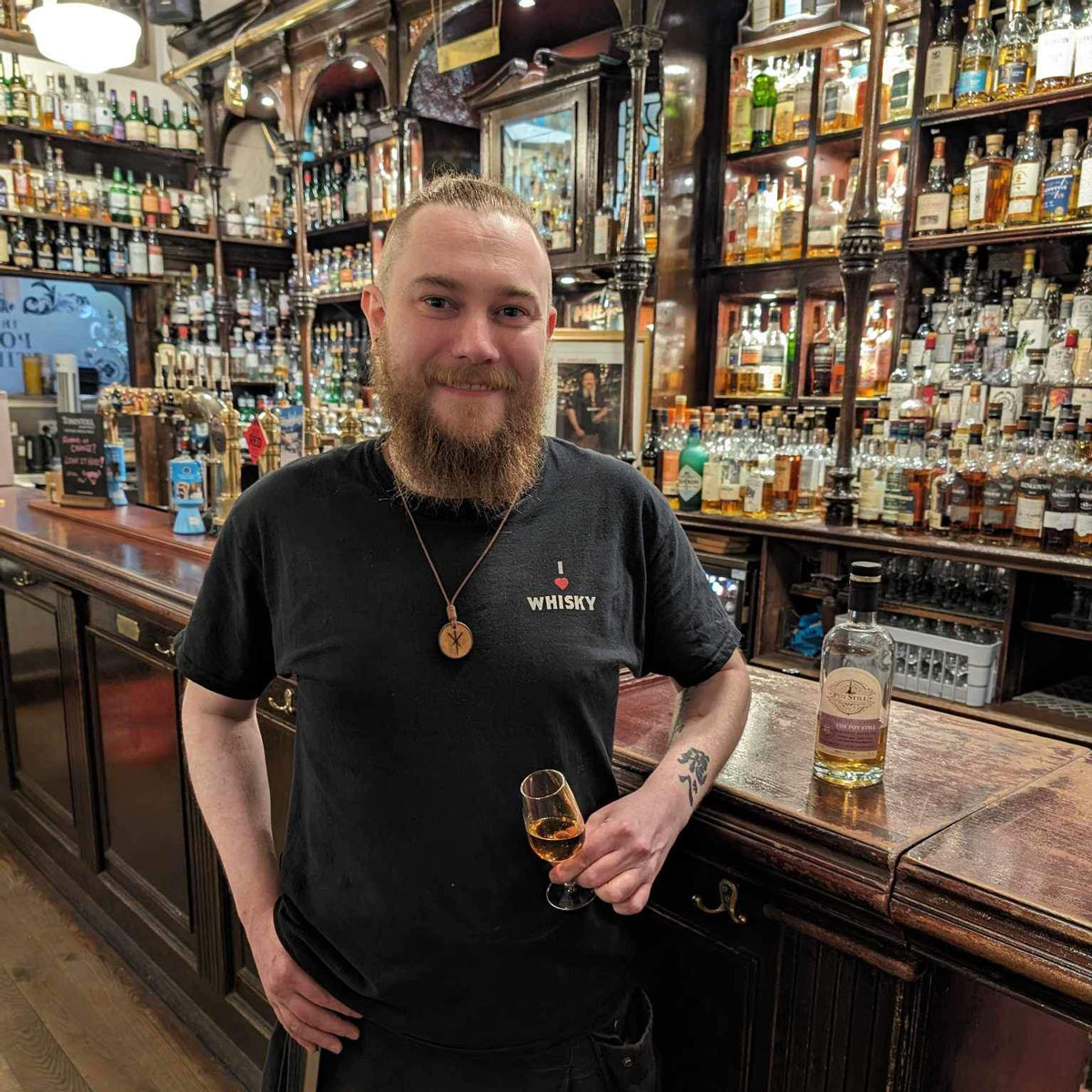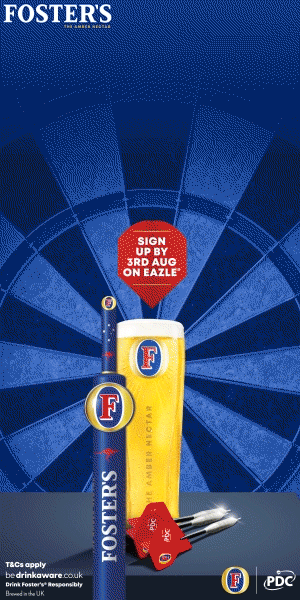
[box style=”4″]
The premium spirits category has been an on-trade success story in recent years with everything from small-batch gin to single malt whisky making great strides with customers. Here, Phil Robins and Andy Gemmell from The Drink Cabinet give SLTN their views on all things premium spirits.
[/box]
How would you assess the performance of premium spirits in the on-trade at the moment?
Phil: Consumers are more educated than ever starting with looking for better restaurants and places to dine, followed by wine and now spirits. We can also see this in the craft beer movement. Premium spirits are being launched on almost a daily basis with a thirst from both bartenders and customers to expand product knowledge, offering and experience.
Andy: One contributing factor is that it now seems as though customers would rather spend their money on one or two quality drinks rather than five or six cheap ones. The training of bartenders/restaurant staff instils more confidence than ever in customers looking for the ultimate drinking experience. Provenance and ethically sourced ingredients are now at the forefront of people’s consciousness both in food and drink and this has driven the quality and demand for premium spirits up across the board within both the on and off-trade.
Cocktails have proven popular in the on-trade over the last few years but not all bars are equipped to offer the same mixed drinks range as specialist outlets. How important is it for more traditional outlets to offer different premium spirit serves and are there any simple steps operators can take to enhance their offer in this area?
Phil: Traditional outlets’ primary focus is on what they have always done and getting it right – whether this is their friendly service or a great selection of draught beers. Their premium spirit offering should be well thought out in terms of their regular client base and not be intimidating to regulars or one off customers who want to try new things.
Operators should bring things in on a trial basis and ask customers how they feel about products as well as holding brand-hosted evenings to both generate interest and get a rough gauge on how popular certain products or categories will be. There is usually a great success with small but concise premium spirit offerings, which stick to traditional methods such as a ‘malt of the month’ or ‘gin of the week’ approach at a slightly discounted price.
Another, more specific example of enhancing their offering in this area, would be the Spanish style gin and tonics served in a large Copa glass, which are visually appealing and tend to have the ‘Mojito effect’ where if someone sees one going out, they want to order one too.
There have been some major success stories in the premium spirits category in recent years, not least of all the boom in small-batch gin production, but are there any sub-categories often overlooked in the Scottish trade which publicans should be paying more attention to?
Andy: First and foremost, I see further growth with single malt whisky. When you go to Mexico, you expect a good selection of tequila and mezcal from local pubs and high-end cocktail bars. The same should be said for Scotland. It drives the tourism trade and brings in billions of pounds to the country so should always be taken seriously by operators and bar owners.
The popularity of agave spirits is on a very steep upward trajectory in America and we are seeing this to a degree, albeit a lesser extent over here. A lot of specialised rum bars have opened over the last couple of years and they are introducing people to things like rhum agricole and premium cachaca, which is cool. There is talk of a big resurgence in Cognac and Armagnac down south but it is yet to be even whispered up here.
What steps can operators take to promote their back-bar to customers? Beyond social media and word of mouth, can you think of any other ways operators can draw attention to their drinks range?
Phil: Staff training is essential. The more the staff know about the products, the more they will talk to customers about them. Also a well put together cocktail menu that will allow customers to try new spirits from the back-bar without having to brand call.
Andy: Incentivising staff to upsell new or obscure products will keep stock moving along nicely, too. Also think about utilising brands – point of sale, training, customer tastings will all help bring attention to products on the back-bar.
What steps can operators take to ensure staff stay up to speed and can meet customer expectations?
Andy: Again, I think that staff knowledge and training is the most important ingredient in a successful venue. In terms of premium spirits, it is crucial they understand when to guide guests in a certain direction and what to offer when.
It is also important from a business point of view for them to understand that premium spirits drive a higher profit margin. This training should come from owners/managers.
All products should be broken down into: what it is; what it tastes like; and how do you sell it. All staff should try and learn these three things about as many products as possible.




















